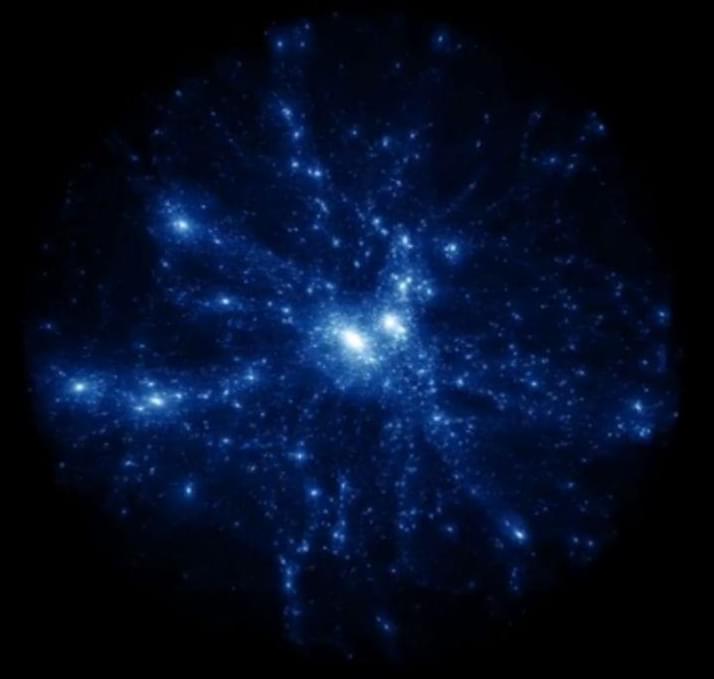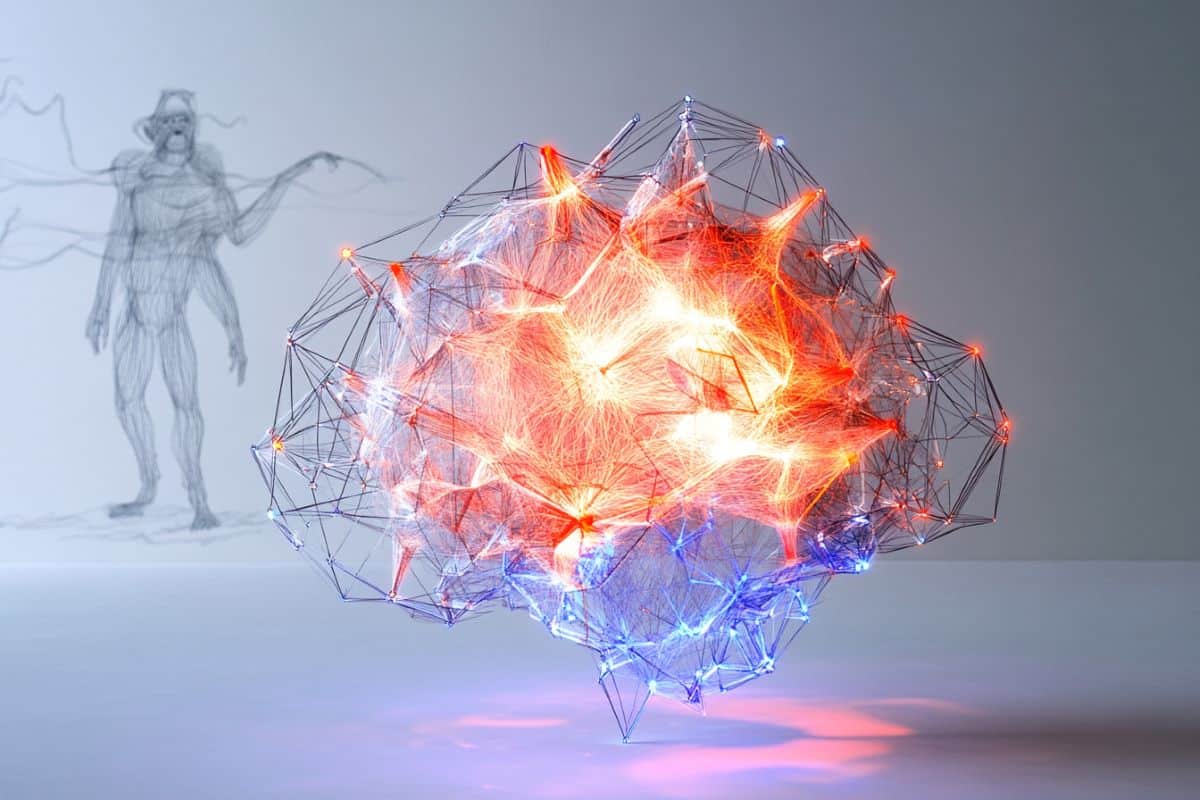A dual-site electrocatalyst is developed to greatly enhance methanol production from CO2 reduction via a cascade process, taking advantage of molecular-scale CO spillover.
China has launched a global initiative to develop post-quantum cryptographic algorithms, diverging from US-led efforts.
Synthetic biologists have the know-how and ambition to retool whole genomes. But the hidden complexity of biological systems continues to surprise them.
The bibliometric infrastructure of citations has become an inescapable organising feature of academic life. Drawing on a range of evidence of the use and misuse of citations data, Stuart Macdonald argues its ubiquity has rendered authorship a questionable concept in modern scholarship.
New research suggests that dark energy isn’t needed to explain the acceleration in the expansion of the universe — instead suggesting giant voids in space are creating an illusion.
The same material from which you drink your morning coffee could transform the way scientists detect disease, purify water, and insulate space shuttles thanks to an entirely new approach to ceramic manufacturing.
Published in Advanced Science, 3D-AJP is an aerosol jet 3D nanoprinting technique that allows for the fabrication of highly complex ceramic structures that—at just 10 micrometers (a fraction of the width of human hair)—are barely visible to the naked eye. These 3D structures are made up of microscale features including pillars, spirals, and lattices that allow for controlled porosity, ultimately enabling advances in ceramic applications.
“It would be impossible to machine ceramic structures as small and as precise as these using traditional manufacturing methods,” explained Rahul Panat, professor of mechanical engineering at Carnegie Mellon University and the lead author of the study. “They would shatter.”
The small-molecule discovery could help in overcoming cell culture bottlenecks such as rapid degradation and high production costs.
Summary: Researchers have developed a geometric deep learning approach to uncover shared brain activity patterns across individuals. The method, called MARBLE, learns dynamic motifs from neural recordings and identifies common strategies used by different brains to solve the same task.
Tested on macaques and rats, MARBLE accurately decoded neural activity linked to movement and navigation, outperforming other machine learning methods. The system works by mapping neural data into high-dimensional geometric spaces, enabling pattern recognition across individuals and conditions.
Scientists used nanoparticles to introduce genetic material into plants, enabling faster and temporary crop modifications.
Scientists discovered that glass molecules shift unpredictably, reversing time at a microscopic level. This challenges our understanding of time and material science.









